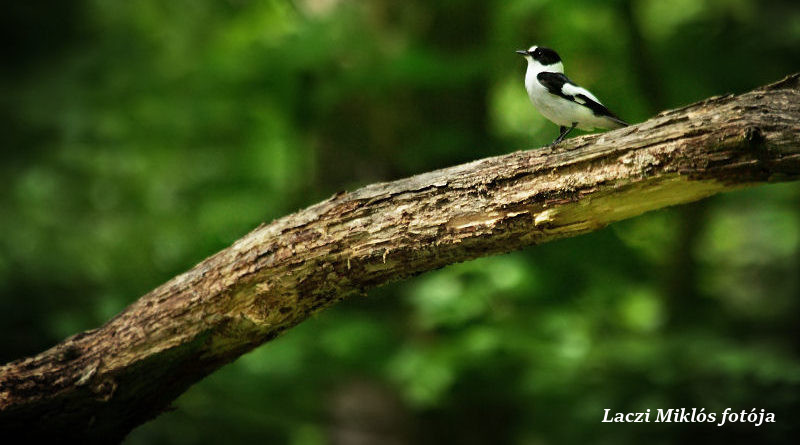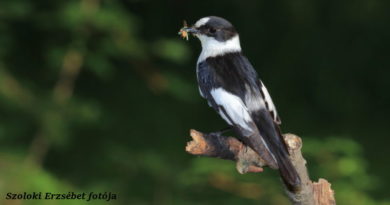Escape ability and risk-taking behaviour in the collared flycatcher
Risk-taking decisions in front of a predator are crucial for the fitness of the animals. Risk-taking behaviour can be hypothesized to depend on escape ability, which is difficult to study in the wild. In this field study, we investigated whether escape ability (i) is a consistent individual-specific characteristic and (ii) whether it can explain between individual variation in risk-taking behaviour in male collared flycatchers (Ficedula albicollis). We estimated escape ability by the time that was needed to capture individuals by hand in an outdoor aviary during both the courtship and the nestling feeding phases. We estimated risk-taking by human-induced flight initiation distance (FID) and parental nest-defence behaviour. We also measured variables that reflect individual quality and condition to assess how these affect escape ability. Time to capture was weakly repeatable in the within- and between-season contexts, but was considerably repeatable within a day. We found that time to capture decreased between courtship and nestling feeding phases, probably due to parallel changes in body condition (as shown by the systematic decline of individual body mass between phases correlating with within-individual changes in time to capture). Overall, time to capture was not significantly related to risk-taking behaviour, but we found a negative correlation between time to capture and FID in yearlings. In conclusion, escape ability in flycatchers seems to be a condition-dependent plastic trait, and it has the potential to affect immediate risk-taking decisions.
Jablonszky M., Szász E., Markó G., Török J., Herczeg G., Garamszegi L.Z. (2017). Escape ability and risk-taking behaviour in a Hungarian population of the collared flycatcher (Ficedula albicollis). Behavioral Ecology and Sociobiology 71:54. doi: 10.1007/s00265-017-2276-6.



